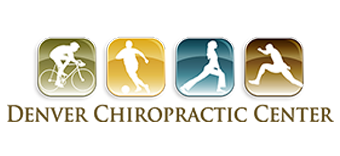Mental Attitude: The Brain and Learning a Second Language.
Learning a second language requires the brain to create and strengthen new neural connections in the brain’s inferior frontal cortex. This is similar to the structural changes seen in people learning complex motor skills, such as juggling.
Montreal Neurological Institute, September 2013
Health Alert: Obesity in the United States.
78 million adults and 13 million kids are obese in the Unites States (US), with the total number increasing to 113 million by 2022. 60-70% of the US population is either overweight or obese, putting them at risk for heart disease, stroke, high blood pressure, and diabetes.
American Heart Association, September 2013
Diet: Vitamins and Violence.
Deficiencies of vitamins A, D, K, B1, B3, B6, B12 and folate, and of minerals iodine, potassium, iron, magnesium, zinc, chromium and manganese can all contribute to mental instability and violent behavior.
Sylvia Onusic, PhD, April 2013
Exercise: Watch Your Step!
When exercising, the force centered on your ankle can exceed up to seven times your body weight. 23,000 people sprain their ankle every day in the United States, resulting in 1.6 million doctor office visits annually. The direct and indirect costs (e.g., lost days from work) associated with treating ankle sprains exceed $1.1 billion annually. To make matters worse, these numbers do not take into account the long-term disability often associated with ankle sprains. Overweight athletes with a prior history of ankle sprain are 19 times more likely to suffer another ankle sprain.
Medicine and Science in Sports and Exercise, February 2011
Chiropractic: Increased Productivity!
A small, one-year study of office workers with neck and upper extremity pain found that chiropractic care combined with improved workstation ergonomics resulted in decreased pain, increased quality of life, and up to 100% increased productivity.
Work, September 2013
Wellness/Prevention: Obesity Microbes?
New research suggests changing the mix of gut microbes can prevent obesity, but only if combined with a healthy diet. Eating a diet high in fruits and vegetables encourages leanness-related microbes to populate the gut leading to better weight control. However, a diet high in saturated fat and low in fruits and vegetables thwarts the invasion of microbes associated with leanness.
Science, September 2013

